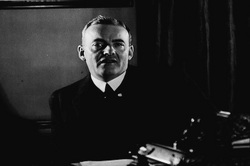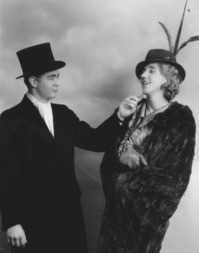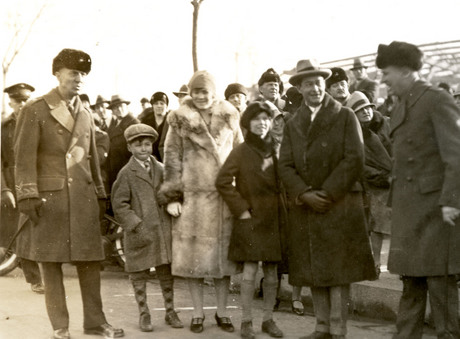Harvard offered its first degree to an African American student in 1870, with Yale following in 1874. At Princeton, however, the first two black students graduated only in 1947 and 1948, after arriving on campus as members of the Navy’s wartime V-12 program. Historically the “Ivy League school for Southern gentlemen,” Princeton was a little “tardy,” according to Cornel West (then director of the Center for African American Studies) in the documentary featured here (32:01). In the words of Shearwood McClelland ’69: “If you had a segregationist attitude or would like to cherish that attitude a little longer before real life hit you after you graduated, this was the place to come to.” (31:35).
The first two black graduates, John Howard ’47 and James Ward ’48, are among the 35 alumni who were interviewed for the documentary Looking Back: Reflections of Black Princeton Alumni, which was written and directed by Melvin McCray ’74 and produced by McCray and Calvin Norman ’77 on the occasion of Princeton’s 250th anniversary in 1996. Most of the alumni interviewed are from the 1960s and 1970s, when the administration started to make diversification of the student body a priority. In the documentary Robert F. Goheen, president between 1957 and 1972, explains how the racial riots of 1963 in the South made him realize that Princeton, which counted only seven African American undergraduates in 1962, should provide more educational opportunities to qualified blacks (20:52). Goheen’s successors William G. Bowen (President 1972-1988) and Harold T. Shapiro (President 1988-2001) are also interviewed, as well as Carl Fields (Assistant Director of Student Aid 1964-68 and Assistant Dean of the College 1968-1972), and the aforementioned Franklin Moore.
The 75 minute documentary, in which alumni describe contrasting experiences and feelings, is divided into several chapters: “The early history” (2:59), “Inclusion” (20:46), “Diverse backgrounds” (25:59), “First impressions” (28:44), “A matter of race” (31:57), “Academics” (43:51), “Nassau Hall Protest” (detailing the protest of April 14, 1978 over Princeton’s investments in South Africa, 56:40), “Graduation” (1:01:35), “One Word” (1:04:20), and “Parting thoughts” (1:05:20). In the first chapter Woodrow Wilson’s racism is discussed (6:16). The introduction of coeducation in 1969 is discussed at 48:43.
In addition to the interviews, the producers use historical footage and photographs (including materials from Mudd Manuscript Library and private sources) and renderings of “Old Nassau and “Going Back” by the a capella group “The Persuasions.” The documentary was produced under the auspices of the Steering Committee for Princeton’s 250th Anniversary, in conjunction with the Association of Black Princeton Alumni (ABPA) and the Alumni Council. It won a Bronze Medal from the Council for the Advancement and Support of Education (1998).
This VHS video is part of the University Archives’ Historical Audiovisual Collection (item no. 1361).
Update: Thanks to Martin Shell ’74 for letting us know about a quote that had been erroneously attributed.




